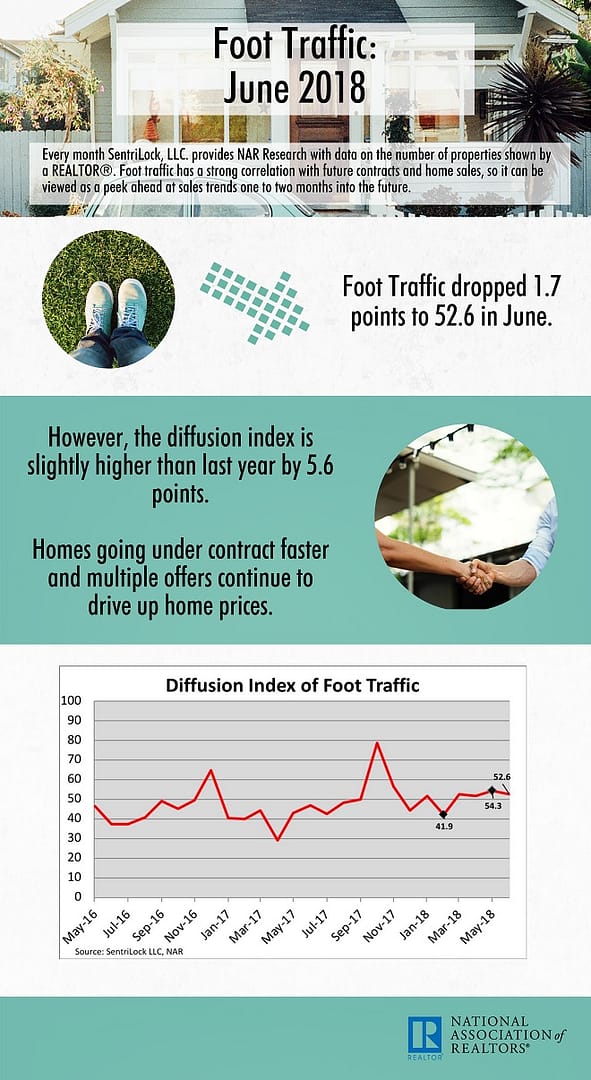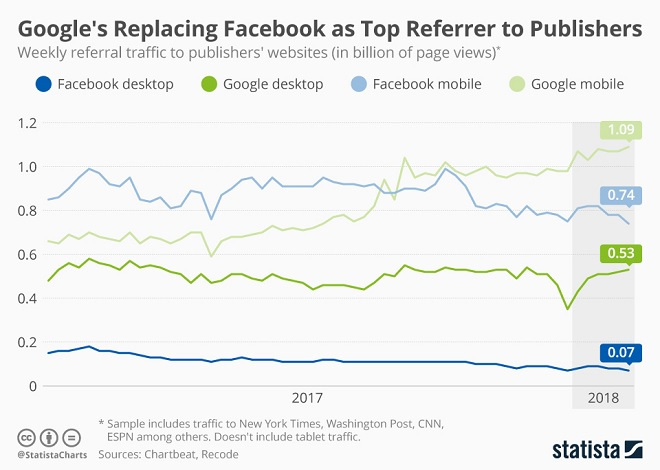Source: Statista
With super-fast wireless connections, all-screen smartphones and apps like TikTok, YouTube and of course Netflix, people are consuming more video content than ever on the go. That increase in mobile video consumption is of course taking a toll on wireless networks, which have seen data traffic increase manyfold in a matter of a few years.
According to Ericsson’s latest Mobility Report, global mobile data traffic is set to grow more than eightfold between 2017 and 2022, with video traffic driving much of that increase, growing more than tenfold over the same five-year period. Video, which accounted for 30 percent of mobile data traffic in 2011, is set to account for 71 percent of mobile traffic this year, up from 56 percent in 2017. By 2027, Ericsson expects video content to account for almost 80 percent of mobile traffic, which is projected to triple once more in the next five years.
In 2022, monthly mobile traffic is estimated to amount to 90 exabytes, which is equivalent to 90 million terabytes or roughly 15 gigabytes per smartphone. By 2027, that number is expected to grow to 283 exabytes or roughly 40 gigabytes per smartphone.



